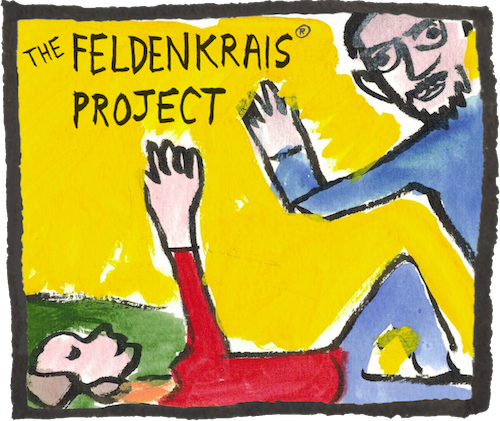Lessons from "Awareness Through Movement"
What Is Good Posture? (Patrons)
Standing, chair-seated, and transitioning between. Experience for yourself Moshe Feldenkrais's three-part answer to his lesson title: 1) Good posture is synonymous with the greatest potential for action. 2) Whether we're standing, sitting, or anywhere in between, in good posture our bones (not our muscles) must continuously counteract gravity, leaving our musculature free for action. 3) Posture improves spontaneously when we eliminate superfluous efforts in the sit-stand-sit transition, as we become more sensitive to the physics and neurology of that function. A 5-minute talk begins the recording. Demonstrations and principles are in the Clarifications and Curiosities tabs.
Talk: What Action Is Good?
This is the only one of the 12 lessons in Moshe Feldenkrais’s seminal book Awareness Through Movement that's a lecture, not a movement lesson. As Nick summarizes and explains it, you’ll learn about continual refinement, “reversible” action, finding ease in strenuous actions, sensing skeletal mechanics and shearing forces, proportional use of musculature, the effects of self-limiting labels, and what Nick calls the “positive snowball effect” of longterm Feldenkrais study.
Spatial Relationships as a Means to Coordinated Action (Patrons)
Floor-seated, with back-lying rests. Guided asymmetrical attention and imagination tasks are applied to symmetrical movements, powerfully demonstrating your nervous system's ability to change and improve your body, movement, and awareness based simply on what you pay attention to. See the Curiosities tab for a post-lesson discussion.
The Movement of the Eyes Organizes the Movement of the Body (Patrons)
Standing, then mostly side-sitting on the floor, with rests lying on the back. Discovering how improving the smooth tracking of the eyes in various turning motions can improve the whole self.
